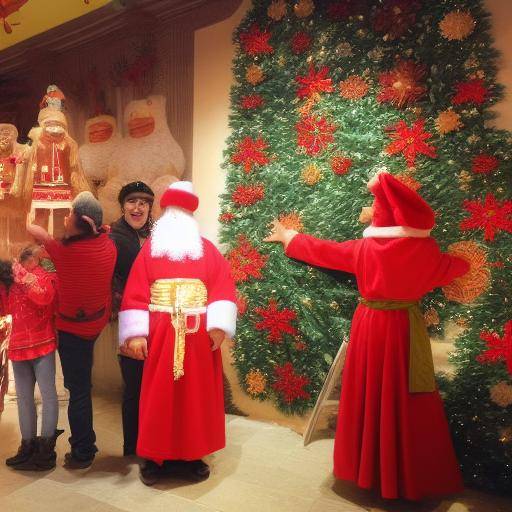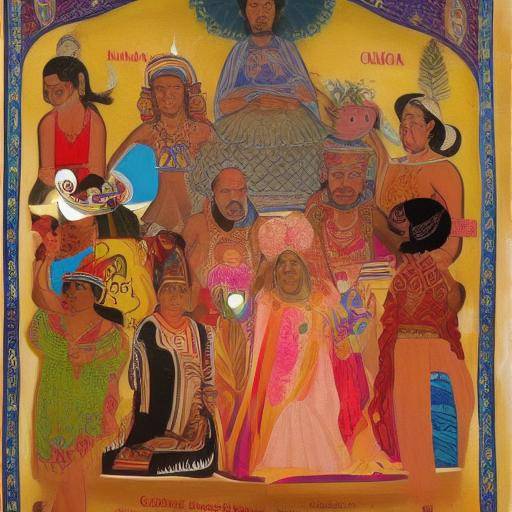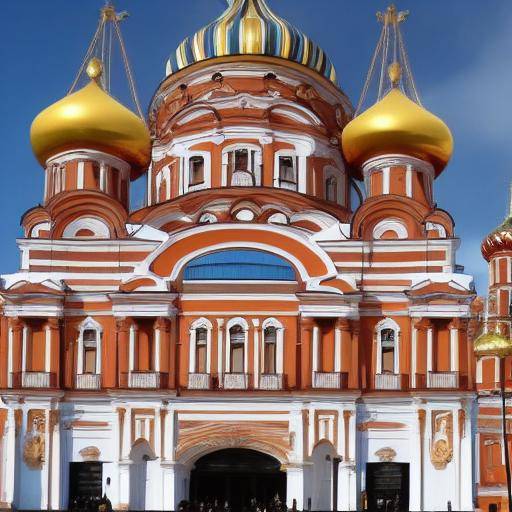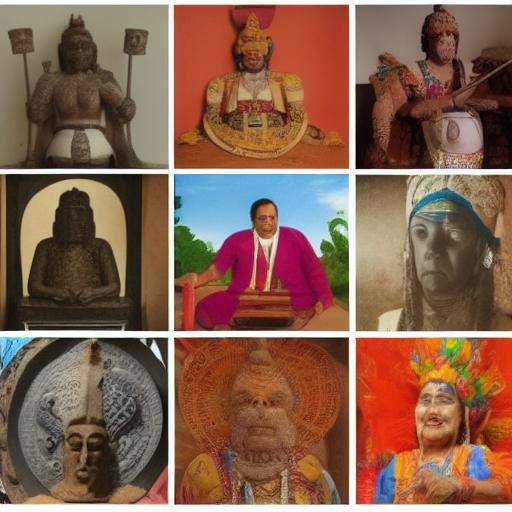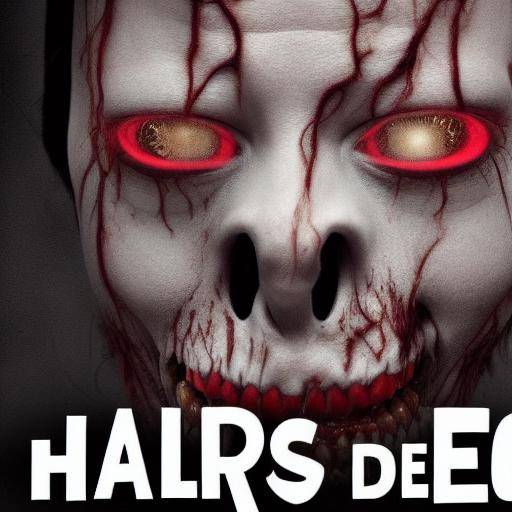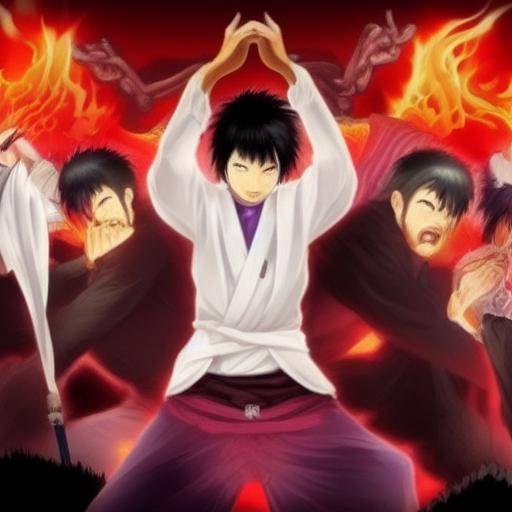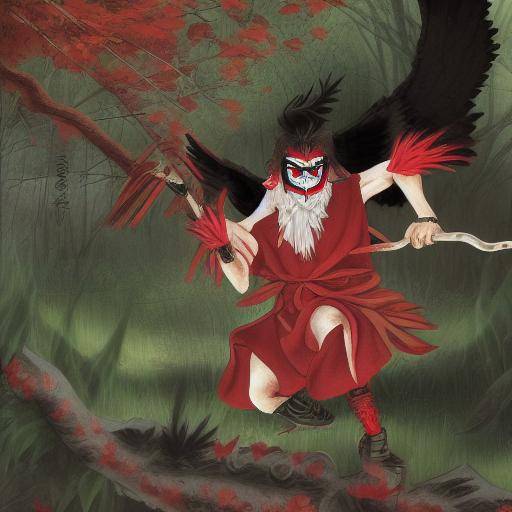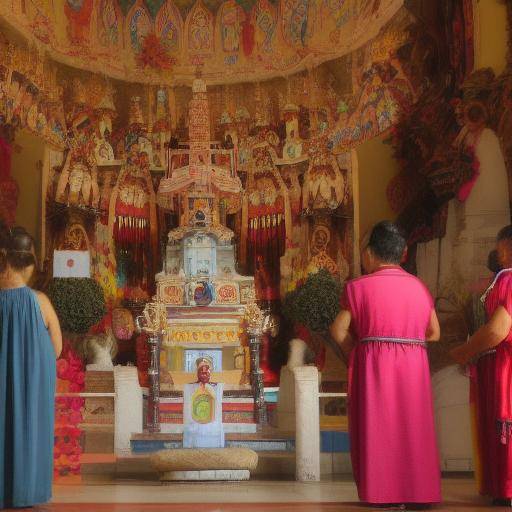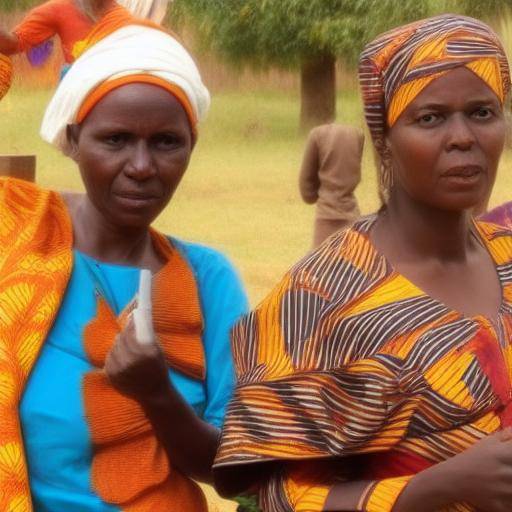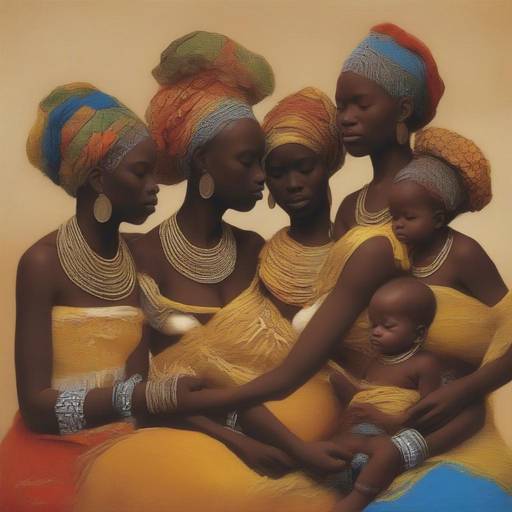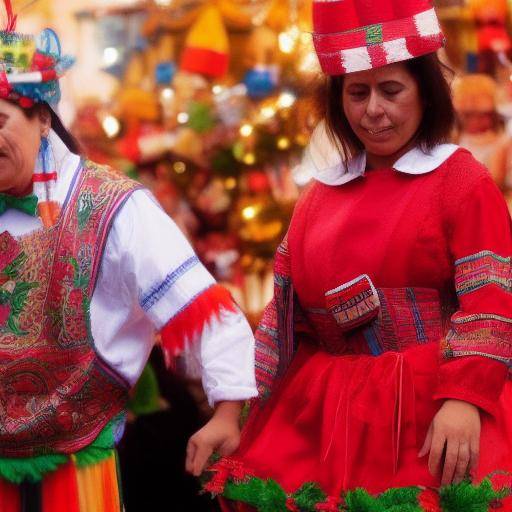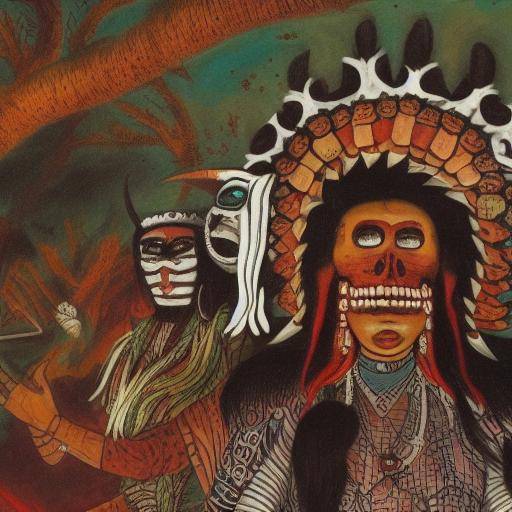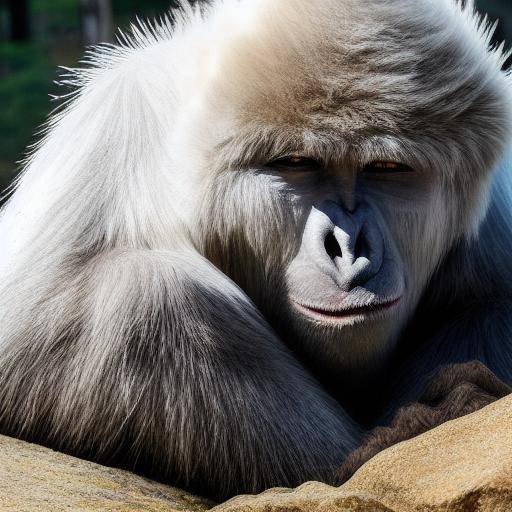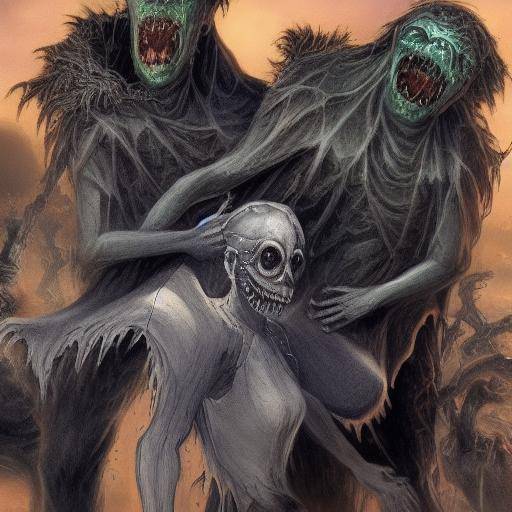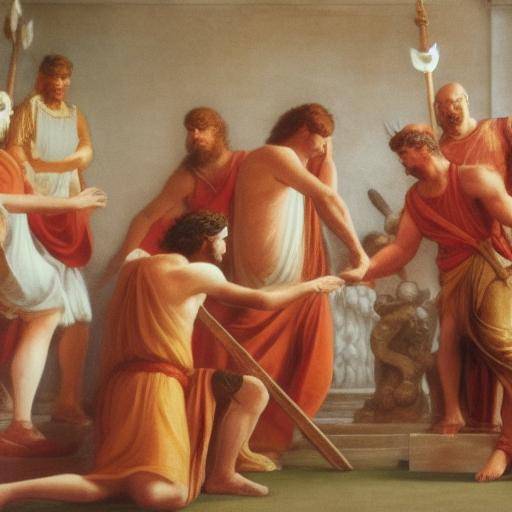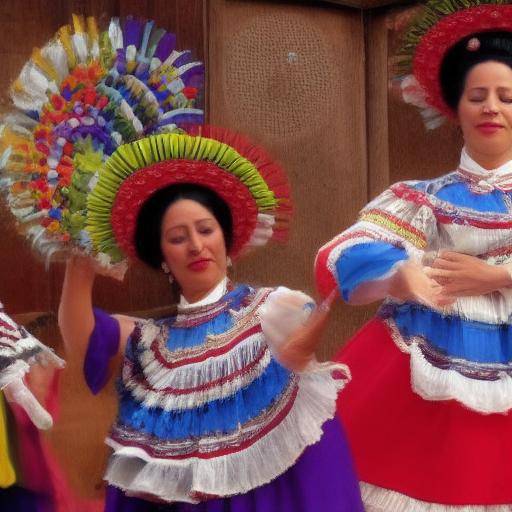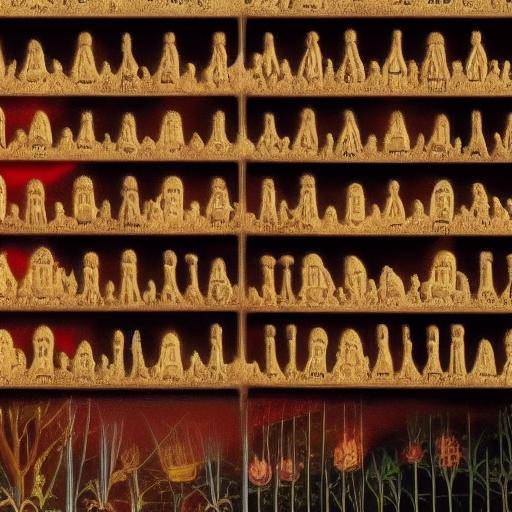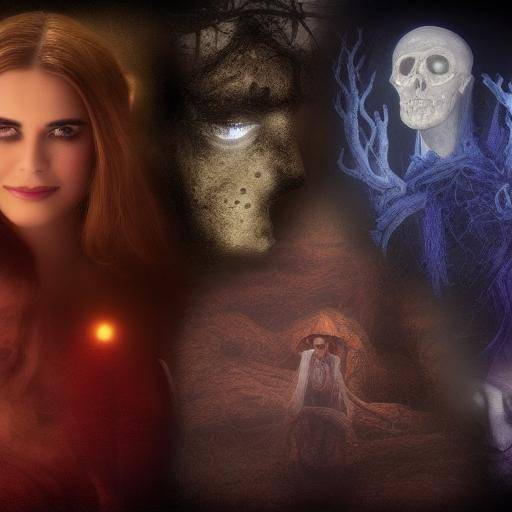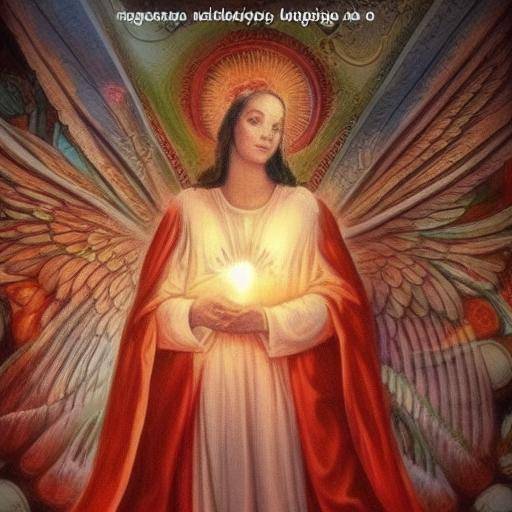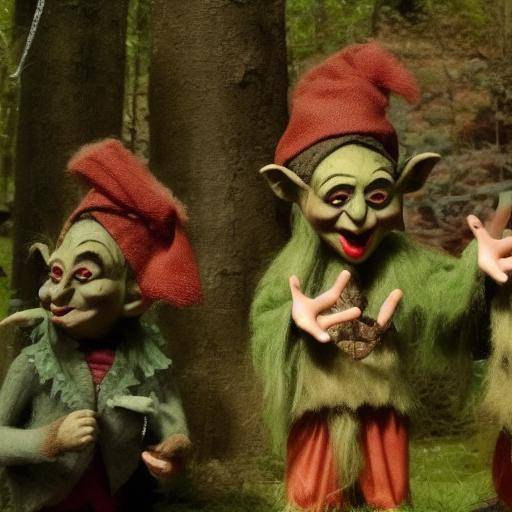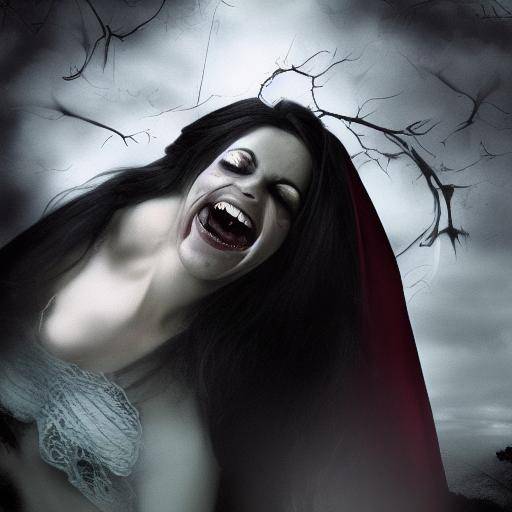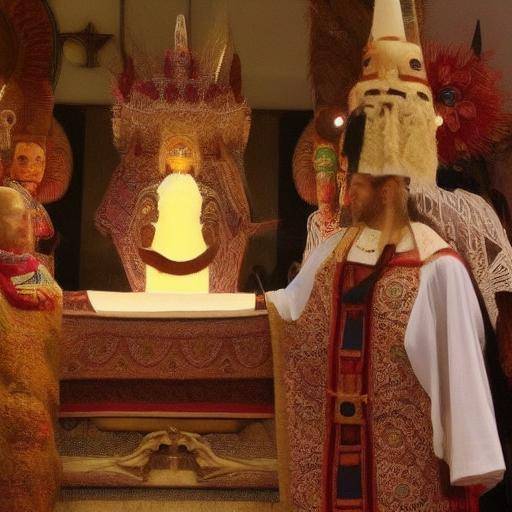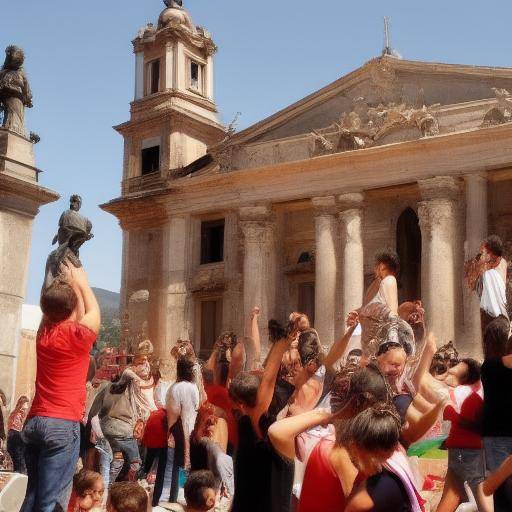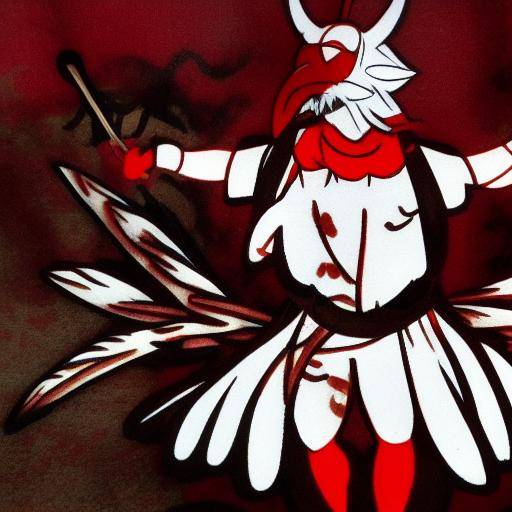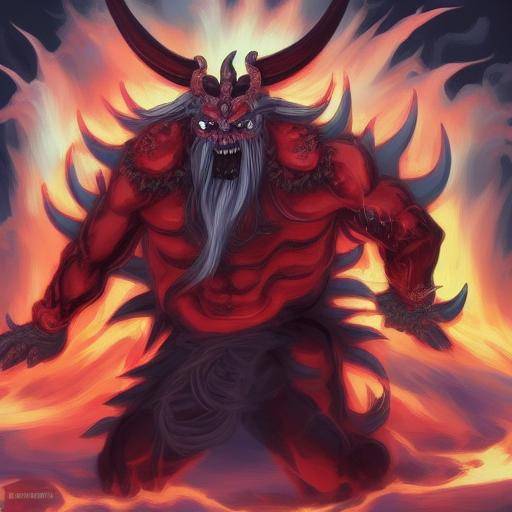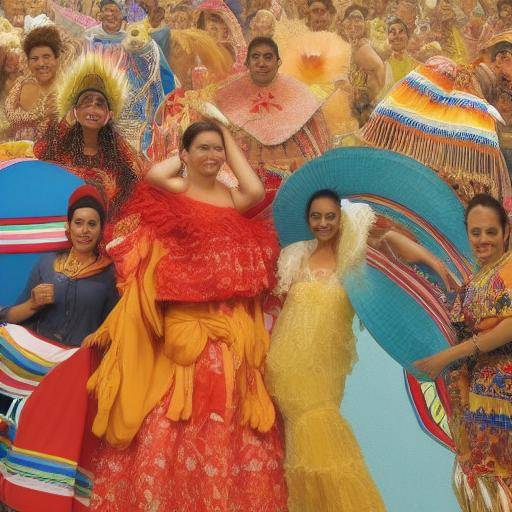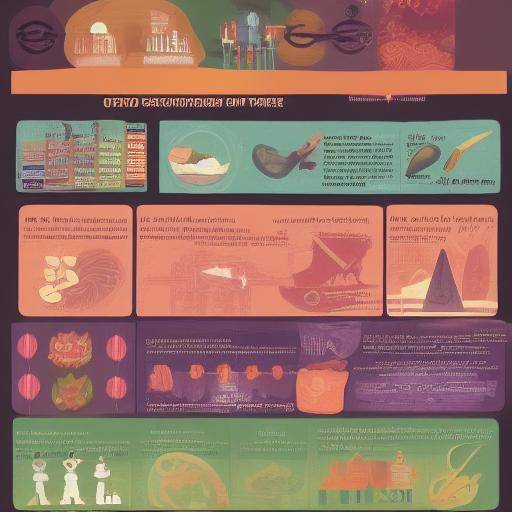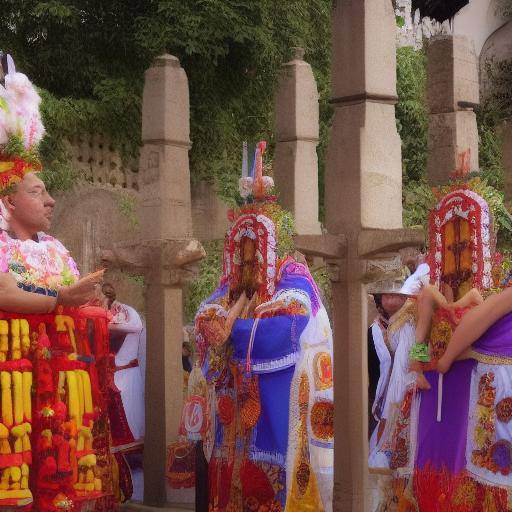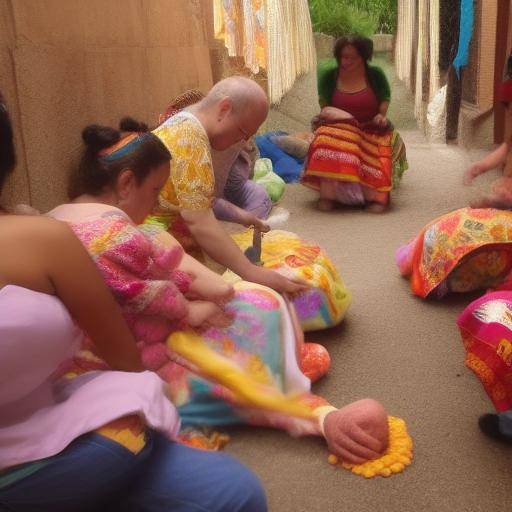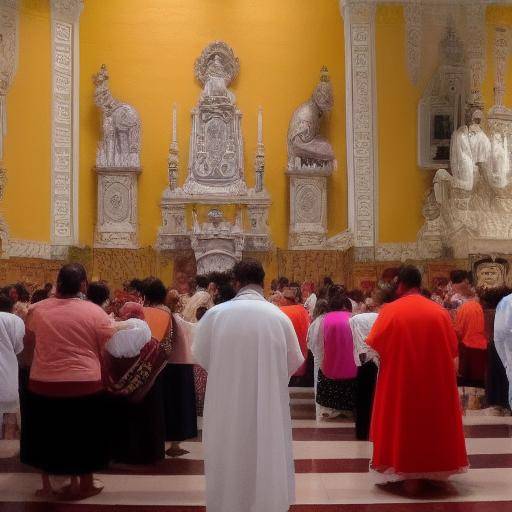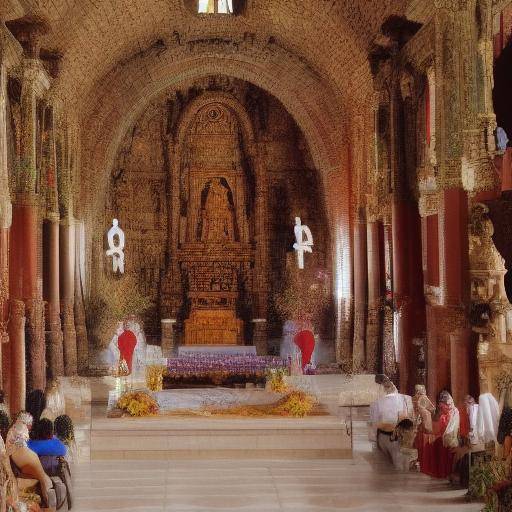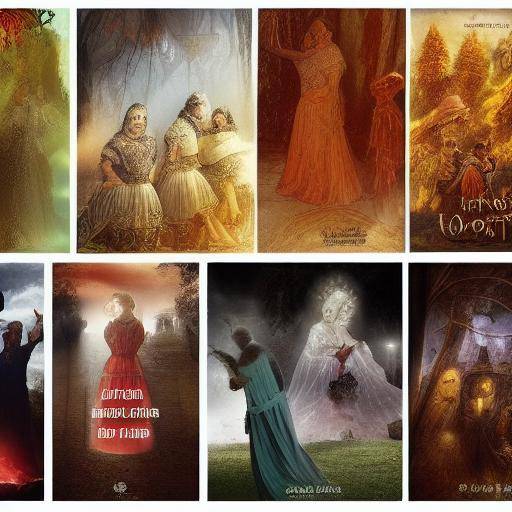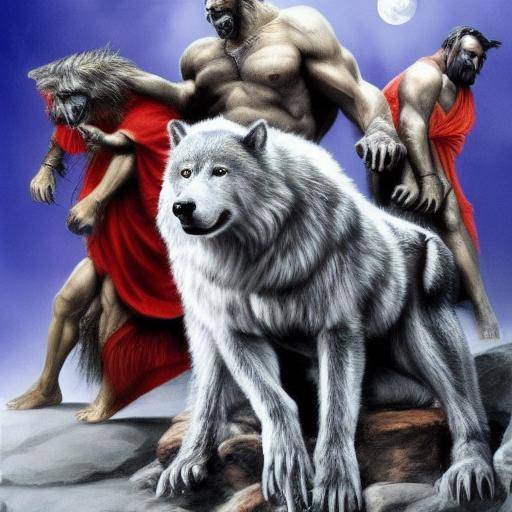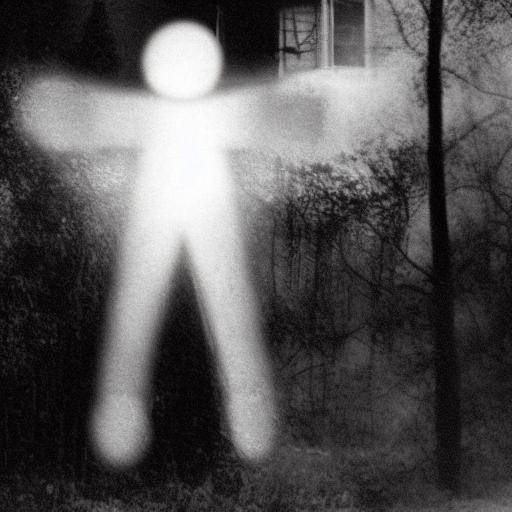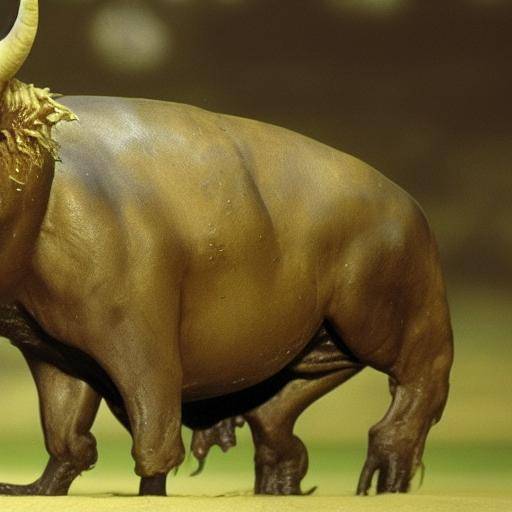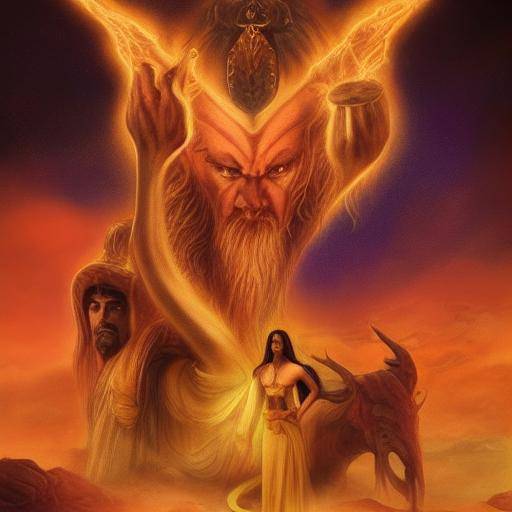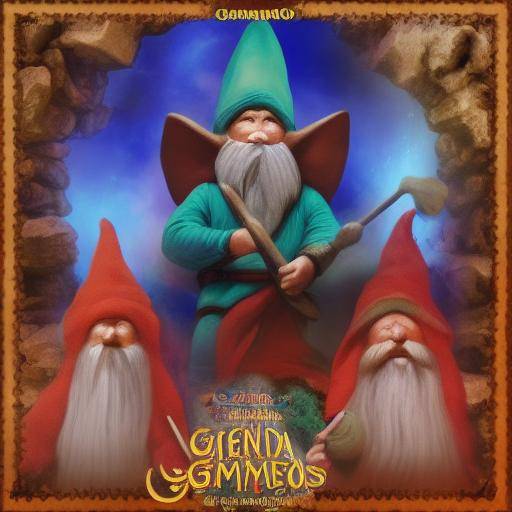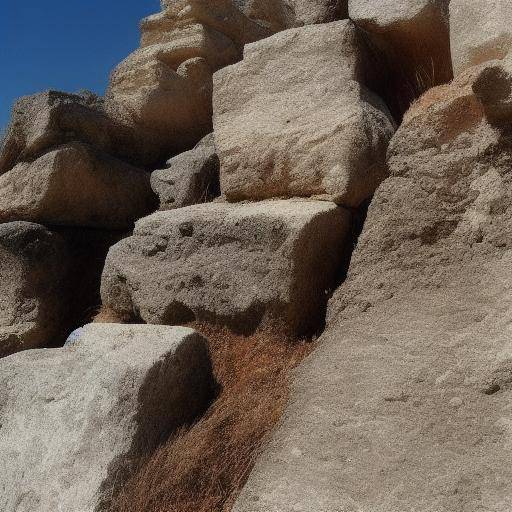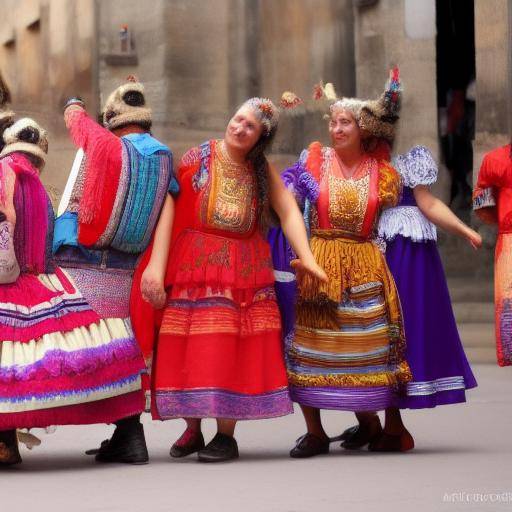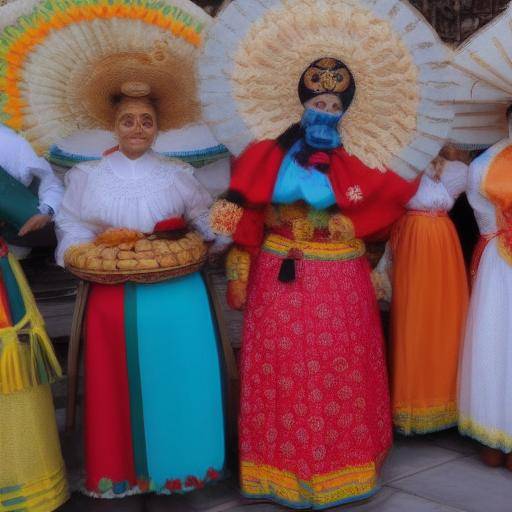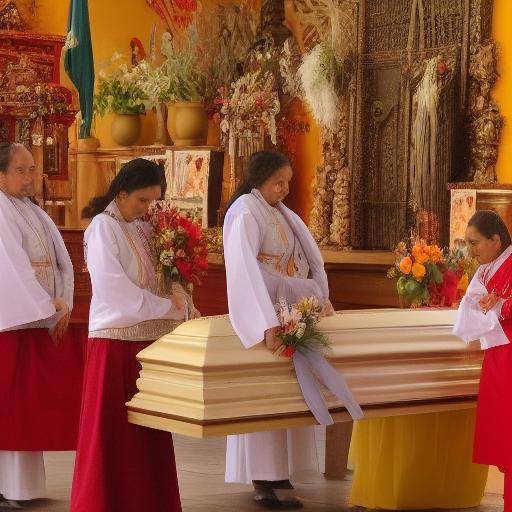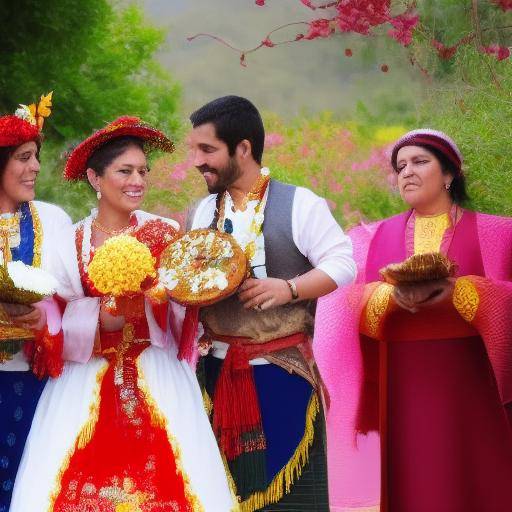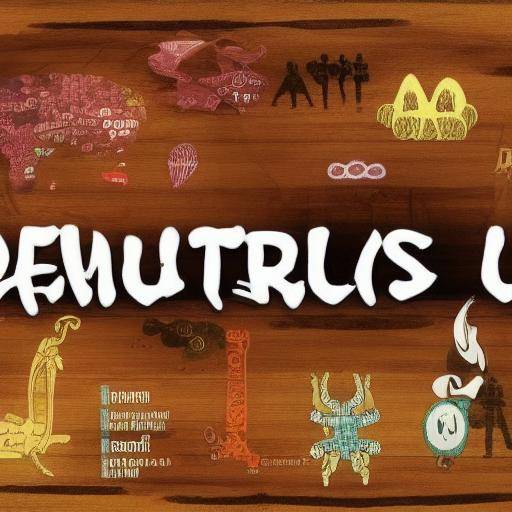
Demons have fascinated humanity throughout history, representing evil entities present in diverse cultures over time. From ancient mythologies to current beliefs, supernatural beings have played a central role in understanding the duality between good and evil. In this article, we will explore the meaning, historical evolution and the cultural impact of demons, as well as their influence on different cultures.
Introduction
Since time immemorial, the concept of demon has captivated humanity, generating a wide range of interpretations throughout different civilizations. This fascination with the supernatural and the evil has led to a variety of stories, myths, and superstitions that have left a deep mark on the collective psyche. Throughout this article, we will explore the historical roots, cultural representations and influence in the contemporary societies of these evil beings.
History and Background
Demons, as evil figures, have a rich and complex history that encompasses multiple traditions and beliefs. From Mesopotamian civilizations to modern cultures, the presence of demons has been a constant element in human narratives. The ancient cuneiform tablets of Mesopotamia describe demonic entities that personify chaos and destruction, while in Jewish traditions, demons assume varied roles, from tempting to agents of evil.
The rise of Christianity and its influence in the medieval period led to a Christianization of demonic beliefs, incorporating popular entities such as Lucifer, Belcebu and Lilith. Throughout history, the notion of demons has evolved, adapting to cultural and religious changes, and finding their place in literature, art and folklore.
Analysis in Deep
The representation of demons in contemporary popular culture has led to a continuous fascination with these supernatural beings. From movies and books to video games and television series, demons have permeated public consciousness, generating debates about their true meaning and impact on modern society.
In a wider context, demons have served as archetypes that reflect the moral dilemmas and the internal struggle of the human being. Their presence in different cultures evidences the universality of human concerns about good and evil, sin and redemption, and the duality of human nature.
Exhaustive examination
The influence of demons in different cultures has been studied in fields such as anthropology, sociology, and psychology. From the psychoanalytic interpretations of Carl Jung to the anthropological analysis of Claude Lévi-Strauss, demons have been examined from various perspectives, offering a deeper understanding of their role in the human psyche and in the formation of cultural identities.
The presence of demons in literature and art has generated a rich cultural heritage, reflecting the fears and aspirations of different eras and societies. Demonic imagery has been used to represent not only absolute evil, but also as metaphors for internal conflicts and social crises. This versatility has contributed to its longevity in the collective imagination.
Comparative analysis
By comparing demon representations in different cultures, it is possible to identify similarities and differences that reveal both the diversity and the universality of these malevolent entities. While some demons incarnate chaos and destruction, others take more subtle forms such as deception and seduction. This variety of representations reflects the fundamental concerns and values of each culture, providing a unique vision of internal tensions and contradictions.
Tips and Practical Tips
While the notion of demons may be intimidating, it is important to understand that its meaning goes beyond a mere representation of evil. In exploring the myths and narratives surrounding these supernatural beings, it is possible to acquire a deeper understanding of the complexities of human condition and cultural dynamics. Some practical tips for those interested in getting into this fascinating theme include:
- Read classic works of literature that address the theme of demons, such as "Lost Paradise" by John Milton or "Faust" by Johann Wolfgang von Goethe, to obtain a literary and philosophical perspective.
- Explore religious and folk art related to demons in different cultures, to appreciate visual and symbolic representations.
- Investigate academic studies and essays of experts in mythology, religion and folklore to obtain a more academic and profound understanding of demons in different cultural contexts.
Conclusions
Demons, as malevolent entities present in various cultures, have played a significant role in the exploration of the darker and mysterious aspects of human condition. Their presence throughout history and in different cultural traditions bears witness to the continued fascination they exert in human imagination. By understanding historical evolution and influence in different cultures, it is possible to obtain a more complete view of these supernatural beings and their impact on modern society.
Frequently asked questions
What is a demon according to Christian mythology?
According to Christian mythology, a demon is an evil being who opposes God and seeks to harm human beings. They are regarded as the fallen angels who followed Lucifer in his rebellion.
What is the role of demons in the current popular culture?
In today's popular culture, demons are often portrayed as evil beings that threaten the protagonists in films, series and novels of terror and fantasy. They are also subject to admiration and study in Gothic subculture and in certain esoteric circles.
Are there significant differences in the representation of demons in Eastern and Western cultures?
Yes, demon representations in Eastern and Western cultures tend to differ in terms of their characteristics, roles and symbolism. For example, in Japanese mythology, yokai are supernatural entities that may have benevolent or malevolent purposes, while in Western tradition, demons tend to be mostly associated with evil.
How do demons influence art and literature throughout history?
Demons have been a source of inspiration in art and literature throughout history, serving as metaphors for internal conflicts, temptations and moral challenges. His representation in various artistic forms has allowed us to explore deep themes related to human duality and the struggle between good and evil.
What is the relationship between belief in demons and the development of human psychology?
Belief in demons has been a subject of interest to human psychology, as it reflects the fears and anxieties rooted in the human mind. The psychological interpretations of demonic narratives have provided a deeper understanding of the subconscious and archetypical aspects that influence the perception of reality and morality.
What is the impact of contemporary demon representations on current society?
Contemporary representations of demons in the media and popular culture have helped to fuel the fascination with the supernatural and the evil. Often, these representations generate debates about the nature of evil, the influence of religious beliefs and the psychological dynamics that underlie the perception of demons in today's society.
External references
To learn more about demons, supernatural beings and their influence in different cultures, we invite you to explore the following sources:
- British Encyclopedia
- National Geographic: The Science of Monsters
- Smithsonian Magazine: The Real Origins of Halloween Monsters
Through the reading of these sources, you can acquire a more complete and detailed view of demons and their meaning in different cultures throughout history.
Conclusion
Demons, as malevolent entities present in various cultures, represent an intriguing and multifaceted facet of human condition. His presence in ancient mythologies, religious traditions and contemporary folklores reflects the perennial human fascination on the dark and mysterious side of existence. In exploring historical evolution, cultural influences and contemporary manifestations of demons, it is possible to broaden our understanding of their impact on the human psyche and in the configuration of cultural narratives.
In order to provide an integral vision of this exciting issue, it is essential to consider its implications in psychology, literature, art and popular culture, as well as its influence on our deepest fears and our perceptions of reality. By deepening into this vast spectrum of meanings and representations, we can embrace the complexity of demons and recognize their lasting role in the collective imagination.
As we continue to explore the depths of mythology and culture, we enter a kingdom where the supernatural and the earthly converge, challenging our understanding and rekindling our imagination. Demons, with their eternal presence in human narratives, remind us of the inexhaustible capacity of beliefs and accounts to capture the deepest aspects of our humanity.
With this article, we hope to have provided a comprehensive and captivating view of demons, supernatural beings and their impact on different cultures. If you are interested in topics related to mythology, the psychology of fear and cultural influence, we invite you to continue exploring these fascinating themes with curiosity and mental openness.

